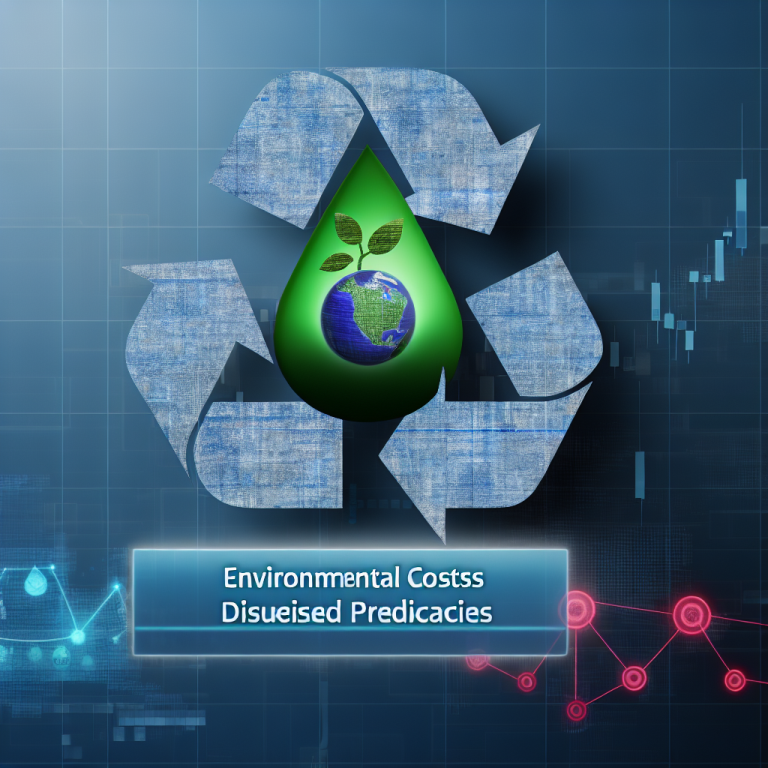In recent years, the artificial intelligence (AI) industry has been booming, with advancements in technology leading to the development of generative AI systems that have the potential to revolutionize various sectors. However, with this progress comes a hidden cost that many in the industry have been reluctant to address – the significant environmental impact of these systems.
Last month, Sam Altman, the chief executive of OpenAI, made a surprising admission at the World Economic Forum’s annual meeting in Davos, Switzerland. Altman warned that the next wave of generative AI systems would consume far more power than anticipated, posing a serious challenge to energy systems worldwide. This revelation has sparked conversations among researchers, regulators, and industry leaders about the environmental implications of generative AI.
One of the key concerns surrounding the energy consumption of AI systems is the significant amount of power they require to operate. Altman has shown his commitment to addressing this issue by investing in Helion Energy, a nuclear fusion company based in Washington. While nuclear fusion holds promise as a sustainable energy source, experts agree that it will not be sufficient to meet the growing energy demands of AI systems.
In addition to the energy consumption, generative AI systems also require vast amounts of fresh water to cool their processors and generate electricity. A lawsuit in West Des Moines, Iowa revealed that a data center cluster serving OpenAI’s most advanced model used a significant amount of the district’s water supply. Similarly, Google and Microsoft have reported significant spikes in water usage due to their AI initiatives.
The environmental impact of generative AI goes beyond just energy and water consumption. The production and disposal of hardware, as well as the carbon footprint of data centers, are also major contributors to the industry’s ecological footprint. In a preprint study, researchers highlighted the need for pragmatic actions to limit these impacts and called for a shift towards more sustainable practices in the industry.
Despite the growing awareness of the environmental costs of generative AI, the full extent of these impacts remains largely unknown, as companies guard this information as corporate secrets. Without transparency and accountability, it will be challenging to address the environmental challenges posed by AI.
Legislators are also starting to take notice of the environmental implications of AI. In February, US Democrats led by Senator Ed Markey introduced the Artificial Intelligence Environmental Impacts Act, which aims to establish standards for assessing the environmental impact of AI and create a reporting framework for developers and operators. While the passage of this bill is uncertain, it represents a step towards holding the industry accountable for its environmental footprint.
To truly address the environmental impacts of AI, a multifaceted approach is needed. The industry must prioritize sustainable practices, researchers should optimize designs for ecological sustainability, and legislators should offer incentives for companies to adopt renewable energy and report on their environmental impact.
As the demand for AI continues to grow, it is essential that we address the environmental costs associated with these technologies. By working together, we can ensure that the next generation of AI systems is not only powerful and innovative but also sustainable and environmentally responsible.




